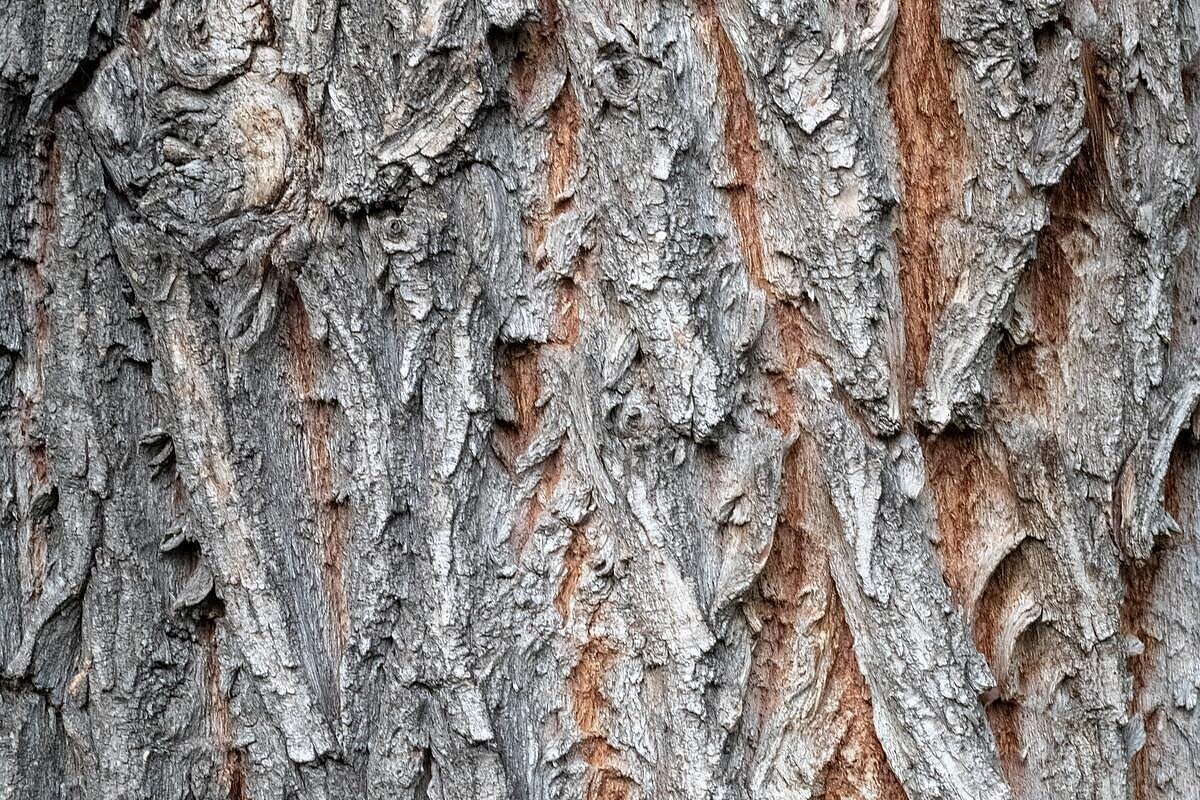Witch hazel bark

In the world of natural remedies, witch hazel bark has made a name for itself, especially for its anti-inflammatory and astringent properties. But while many people have discovered the benefits of this plant for themselves, the question remains: is witch hazel bark safe and beneficial for our dogs? In this article, we look at what witch hazel bark is and the potential benefits and drawbacks of its use in dogs.
What is witch hazel bark?
Witch hazel bark comes from the witch hazel plant (Hamamelis virginiana), also known as witch hazel. This plant is native to North America and is traditionally used in folk medicine. The bark, leaves and twigs of witch hazel contain tannins and other compounds known for their astringent and anti-inflammatory properties. An extract is often made from the bark, which is used in various skin care products and remedies.
Witch hazel bark in dog nutrition and care
Benefits of witch hazel bark
Skin care
Witch hazel bark can be used externally on dogs to treat skin irritations, small wounds or insect bites. Its astringent properties can help reduce inflammation and promote healing.
Natural repellent
Some sources claim that witch hazel can act as a natural repellent against fleas and ticks when applied to the coat or skin of dogs.
Risks and disadvantages
Potential toxicity
While topical use of witch hazel on dogs is generally safe, ingestion of the plant or bark can be toxic. Symptoms of poisoning can include vomiting, diarrhea and, in severe cases, neurological problems.
Allergic reactions
As with any natural product, there is a possibility of allergic reactions when using witch hazel. In dogs, these can manifest as skin rashes, itching or other forms of skin irritation.
Excessive use
Excessive use of witch hazel on the skin can lead to dryness and irritation, especially if the dog's skin is already sensitive.
Use with caution
Witch hazel bark can be both beneficial and risky for dogs. Its anti-inflammatory and astringent properties can be helpful when applied topically to treat skin problems and minor injuries. However, caution should be exercised to avoid potential risks such as toxicity if ingested, allergic reactions and skin irritation.
If you notice any signs of hypersensitivity or poisoning in your dog, you should see your vet immediately. We are not a substitute for a vet, but we try to be as accurate as possible. Every dog reacts differently and we recommend you get a second opinion or consult your vet if in doubt.
Stay healthy and take good care of your four-legged friend!😊
Similar to Witch hazel bark
Willow bark is the bark of various willow species, which are mainly found in Europe and Asia. The bark is usually peeled from the branches in spring or fall and dried. It can be administered as a...
Oak bark is the bark of the oak (Quercus robur), a deciduous tree that is widespread in Europe. The bark contains many tannins, which have an astringent effect. These tannins can precipitate...
Birch bark is the outer layer of the birch, a deciduous tree that is widespread in Europe, Asia and North America. The bark is usually white or silvery and can be easily peeled off in strips. Birch...
Lapacho bark is the bark of the lapacho tree, which grows in South America. The bark contains various active ingredients that have antibacterial, antiviral, anti-inflammatory and antioxidant...



